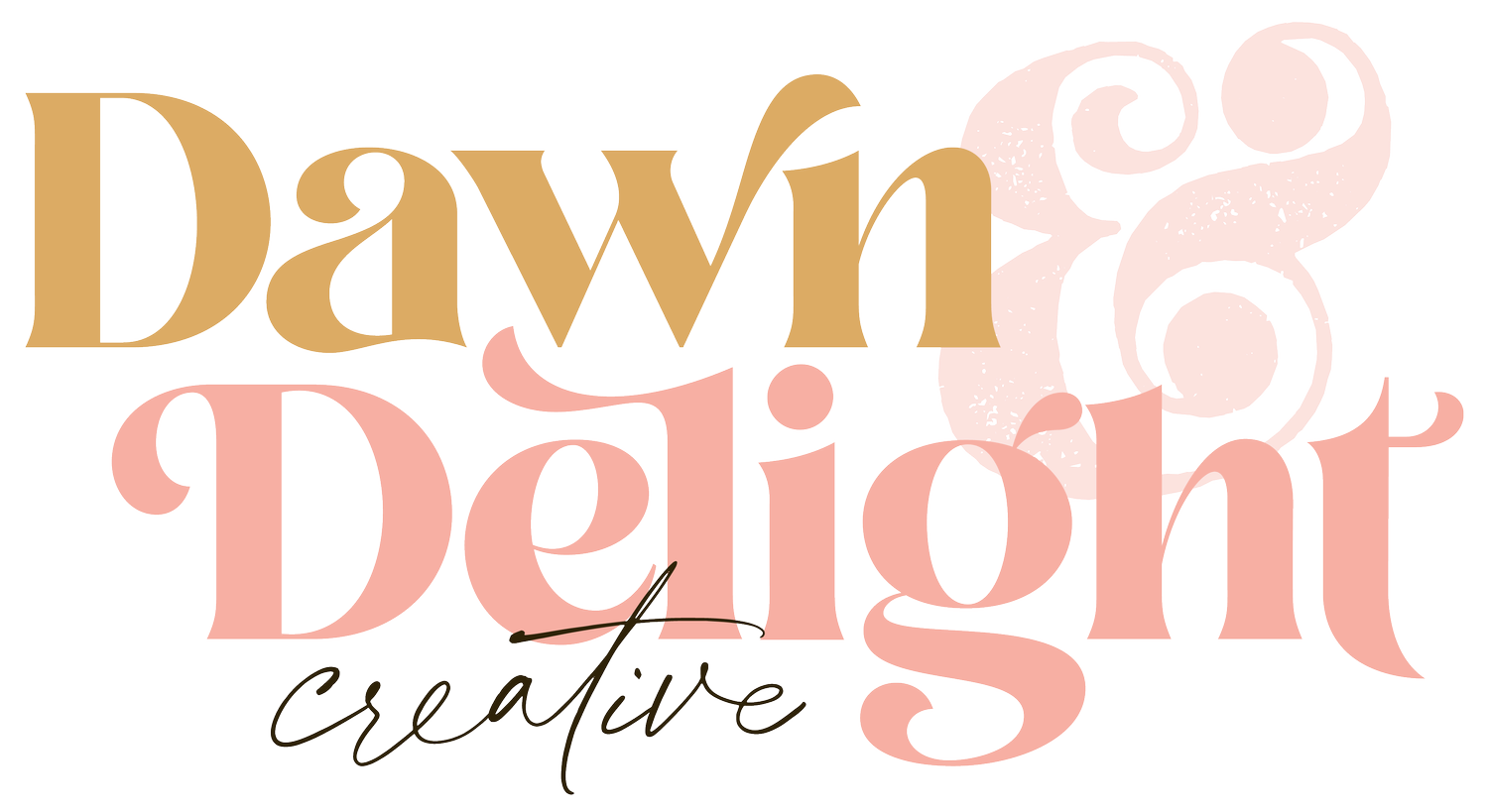Your Brand is Speaking - What Does Your Brand Font Say About You?
How would you feel if your attorney used comic sans on their website and in their communication with you? How would you feel if your dentist used a font called Black Ops on their website?
You might feel skeptical, uneasy, and may go running in the opposite direction. Why is this?
Psychologists have shown that around 90% of our communication as humans is nonverbal. We use far more than the words we hear and read to interpret messages.
We look for context. In talking with our friends we look for smiles, a glint in the eyes, crossed arms or tapping feet. We see blushed cheeks or darting eyes or tapping fingers. Actions speak louder than words, right?
When it comes to branding, we do the exact same thing - though the context clues are a bit different. We search for look, feel, and emotions triggered within. We use associations and expectations to carry the brand message.
The fonts you select for your brand matter, and you likely know this. You know, if you’re a dentist or a lawyer, to use fonts that don’t make your clients or patients cringe. You know professionalism matters, and you know visually appealing branding makes all the difference.
But whether or not you know it, your brand font is speaking a strong message about you. Are you aware of what it is?
Does a brand font even matter that much?
When starting out, most business owners create their brand haphazardly. They scroll through applications like Canva and select pre-designed logos, using whatever pre-filled fonts in the design as the official font of their brand.
Now, I’m not here to hate on Canva. It’s a useful tool, but it’s just that - a tool. And a tool is best wielded with knowledge, skill and intent.
Are you selecting your brand font with knowledge, skill and intent?
Your font does more than carry your words - it suggests tone, personality and character while influencing a readers’ emotions.
Fonts support brand recognition, helping prospective clients pick you out from a crowd. People remember brands best when all their brand components work together as a whole - your font needs to reflect the core of your brand, down to its mission and core message.
What your brand font is saying about you
Scrolling through lists of fonts, there may seem like an infinite variety. However, all fonts can be categorized according to the following descriptors.
They suggest esteem, respectability, and elicit trust. Want to be seen, first and foremost, as trustworthy? Go with a serif.
They are innovative, clean and sleek. Want to be seen as forward-thinking? Go with a sans-serif.
They’re personal, full of character, fun and creative.
How to select the best font for your brand
As I mentioned before, a font is best selected with knowledge, skill and intent. You need to understand deeply the message you want to convey to your audience - before you even say a word.
The truth is, your audience will see your font before they read what it says. Your font is your first impression, your body language, your context. Here are a few questions to consider before selecting your brand font:
Work backward from your mission. What is your brand here to accomplish?
What do you want people who don’t know you to think about you?
What do you think your best clients are saying about your brand to their friends?
How do you think others currently describe your brand? What do you want them to say?
How do you hope people feel when they walk away from an interaction with you? What do you hope they’re thinking as they walk away?
Understanding the feelings, thoughts and emotions you want to influence in your audience members will help you select a font that looks, feels and communicates in alignment with your message and mission.
If you’re looking for an expert to help you dig into the heart of your brand and shape your visual identity, I’m here to help! I love working with clients to understand their mission, vision and message and give it a full brand identity that showcases their best side.
Your brand and website should be working and communicating for you, not against you! Learn how we can work together today!




